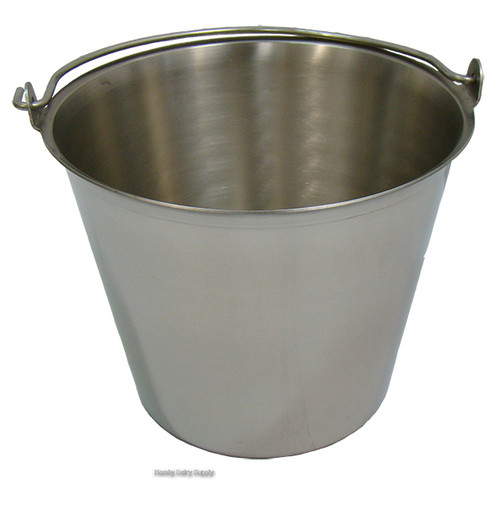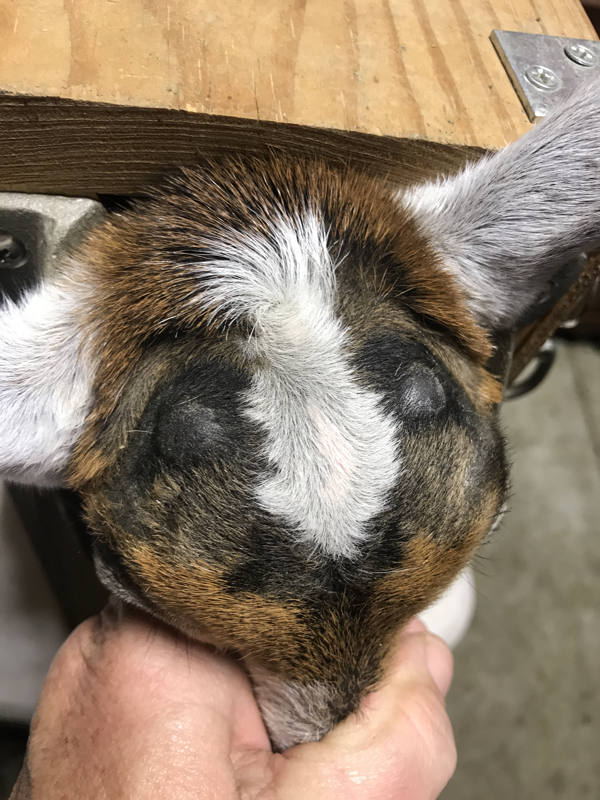

The longer coagulation time will form a more cohesive curd and retain more moisture with draining.

The more complex buttermilk type such as the MM100 large packs providing a more buttery flavor (from the L.Use this one to focus on the milk character as it's primary function is to convert lactose to lactic acid-nothing more to get in the way of the flavor of your milk. The simple acid producing type such as our C101 small pack or MA011 large, provide a very close texture with the lactic flavor dominating.There are two variations in culture that can be used when making Chevre: Using Larger Culture Packs and a Few Drops of Liquid Rennet These are all still the "lactic" style cheese with just a little rennet added. This is truly why goat cheese is so popular and why the number of goat farms and cheese makers has increased so much in North America over the past 25 years. Higher temperatures promote gas formation and excessive moisture loss lower temperatures inhibit whey drainage and produce a very moist cheese with very short shelf life.Īs promised earlier, here are a few more options for variety in your Chevre making projects. This period can be as much as 12-36 hours at a temperature of 68-72☏. The draining period regulates the body characteristics and determines the final quality of the cheese. The time of draining and the temperature of the room determine how much whey drains from the curd.

Remember that the bacteria is still working and as long as the whey is present they are able to convert the lactose (in the whey) to lactic acid. The amount of time needed for draining will be about 6 hours at 68-72☏ but this is dependent on what you want as Chevre-less time for a sweeter and moister cheese and more time for a drier and tangier cheese. This curd can now be transferred to a butter muslin lined colander with a ladle or slotted spoon to allow the whey to drain. It will also show a clean break when tested with a knife or finger. When a good curd has formed, you will see a thin layer of whey over the curd mass and the curd may show cracks and separation from the sides.


 0 kommentar(er)
0 kommentar(er)
